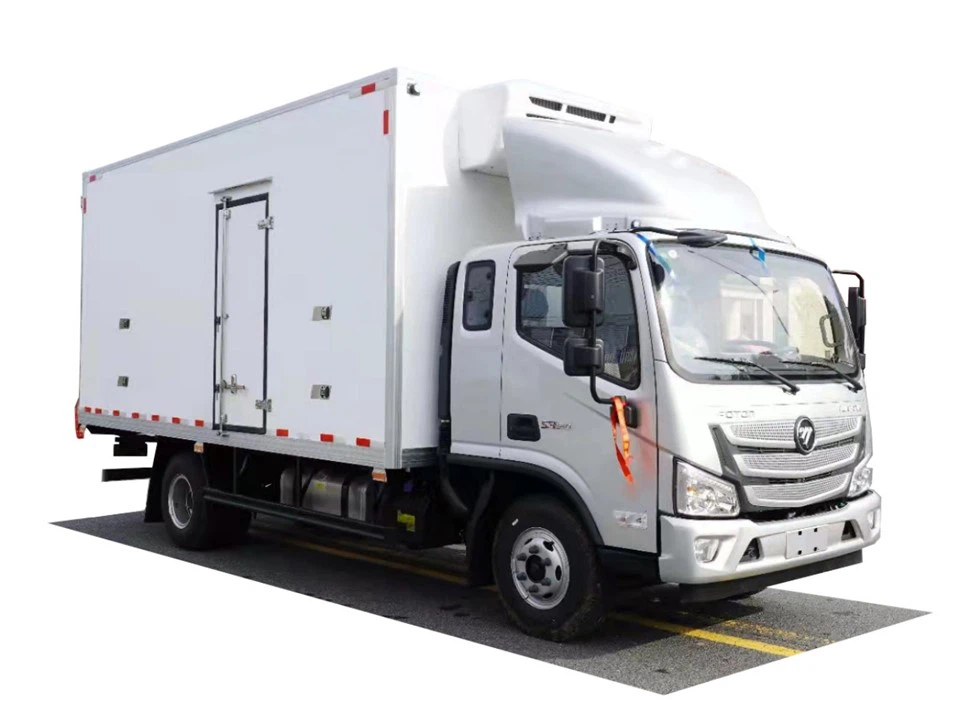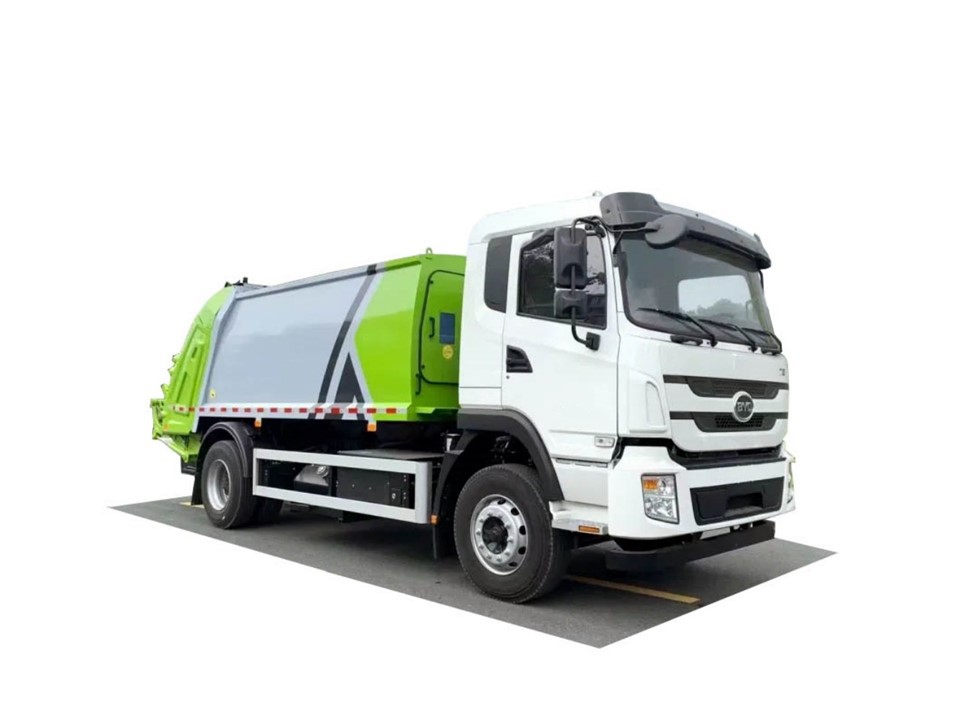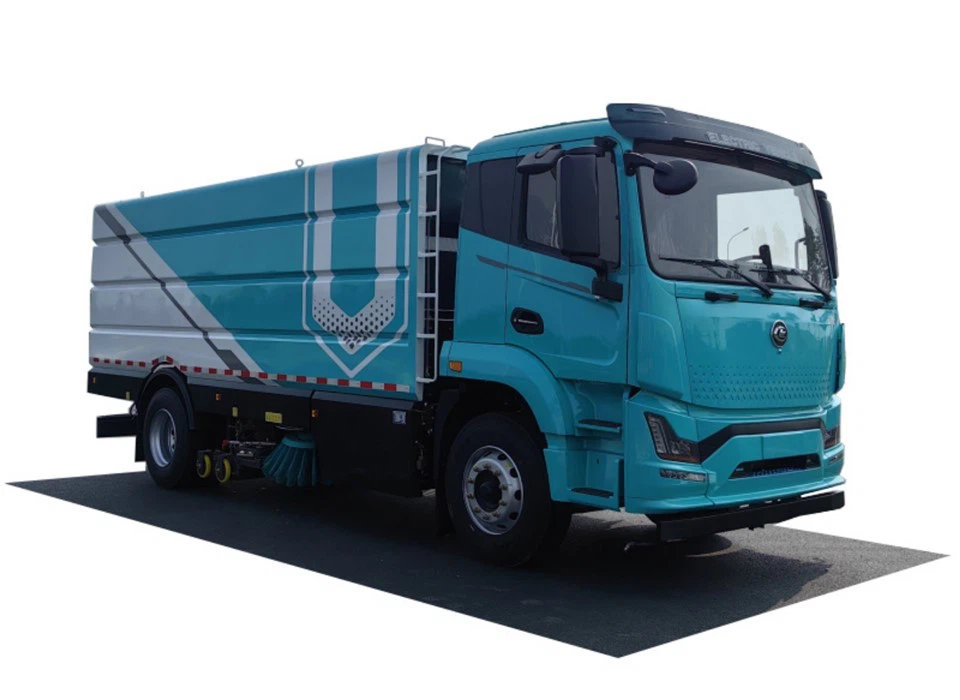Understanding G and H Garbage: Your Complete Guide

In the modern world, waste management is an issue we can no longer overlook. Among the various classifications of waste, “G and H garbage” has emerged as a topic of significant interest, particularly within communities striving to enhance their recycling efforts. In this article, we will delve into what G and H garbage entails, its implications on the environment, and how we can better manage this type of waste.

What is G and H Garbage?
G and H garbage refers to a specific categorization of waste that includes various materials not typically accepted in standard recycling programs. Understanding these classifications enables communities to implement more efficient waste management systems, reducing landfill contributions and promoting sustainable practices.
The Classification of Garbage
Garbage can be categorized in different ways, such as by source, toxicity, and recycling potential. G and H garbage specifically pertains to:
- G Garbage: Generally includes green waste, which is organic material discarded from gardens and landscaping.
- H Garbage: Typically encompasses hazardous waste, including items that contain harmful substances or require special disposal methods.
The Importance of Understanding G and H Garbage
A better understanding of G and H garbage plays a crucial role in effective waste management practices. Proper classification leads to:
- Reduced landfill waste.
- Enhanced recycling processes.
- Protection of the environment from hazardous materials.
Impacts on the Environment
Improper handling of G and H garbage can have significant negative effects on the environment, including:
- Groundwater contamination from hazardous waste.
- Increased greenhouse gas emissions from organic waste.
- Ecological disruption in local habitats caused by improper disposal.
Examples of G Garbage
G garbage primarily includes organic waste. Here are some common examples:
| Type of G Garbage | Description | Disposal Method |
|---|---|---|
| Grass Clippings | Cut grass from lawn maintenance | Composting or yard waste collection |
| Leaves | Fallen leaves from trees | Composting or municipal collection |
| Food Scraps | Organic kitchen waste | Composting or municipal organic waste bins |
Examples of H Garbage
H garbage includes materials that pose risks to human health and the environment. Here are common examples:
| Type of H Garbage | Description | Disposal Method |
|---|---|---|
| Paint | Used or excess paint products | Hazardous waste facility |
| Batteries | Used batteries containing toxic metals | Recycling centers specializing in hazardous waste |
| Pesticides | Leftover or unused pesticides | Hazardous waste collection events |
Practical Tips for Managing G and H Garbage
Tips for G Garbage
- Start a Compost Bin: Composting kitchen scraps and garden waste enriches soil and reduces landfill waste.
- Participate in Local Yard Waste Programs: Many municipalities provide yard waste collection services – take advantage of this.
- Educate Others: Share knowledge about G garbage with your neighbors to enhance community involvement in organic waste management.
Tips for H Garbage
- Use Proper Containers: Store hazardous waste in designated containers and clearly label them.
- Attend Community Hazardous Waste Collection Events: Many areas offer periodic events where residents can safely dispose of H garbage.
- Research Disposal Guidelines: Each type of hazardous waste has specific disposal methods, so it’s essential to stay informed.
The Role of Local Governments in G and H Garbage Management
Local governments play a pivotal role in waste management. Their responsibilities often include:
- Implementing waste management policies.
- Providing education and resources to residents.
- Establishing collection and disposal services for G and H garbage.
Community Initiatives and Programs
Many communities are stepping up to address G and H garbage through various initiatives:
- Organized Community Clean-ups: These efforts foster environmental awareness and promote proper disposal habits.
- Educational Workshops: Workshops train citizens on the best practices in waste segregation and disposal.
- Partnerships with Recycling Companies: Collaborative initiatives can lead to innovative solutions for waste management.
Future Trends in Waste Management

As society continues to evolve, new trends in waste management are emerging that will impact how we handle G and H garbage:
- Increased Technology Use: Smart bins and recycling apps encourage better waste separation and management.
- Enhanced Recycling Techniques: Advances in recycling technology can help process previously difficult-to-recycle materials.
- Sustainable Practices: A growing trend toward zero waste and circular economy models is changing waste management paradigms.
FAQs About G and H Garbage
What happens to G garbage if not disposed of properly?
If G garbage is not disposed of correctly, it can contribute to landfill buildup, while organic materials may produce harmful greenhouse gases.
Are there any penalties for improper disposal of H garbage?
Yes, improper disposal of H garbage can lead to fines and legal repercussions, as it poses serious risks to public health and the environment.
How can I find a local hazardous waste disposal site?
Most local government websites provide information on hazardous waste disposal locations and events. You can also call your municipality for guidance.
Can I compost all types of G garbage?
Not all G garbage is suitable for composting; for example, meat and dairy products can attract pests. Focus on plant-based scraps, leaves, and grass.
What is the best way to reduce H garbage in my home?

Minimize H garbage by using eco-friendly products, buying in bulk, and properly storing hazardous materials to avoid waste.
How often should I participate in community cleanup events?
Participating in community cleanup events once a season or as often as possible can greatly impact local waste management efforts.
